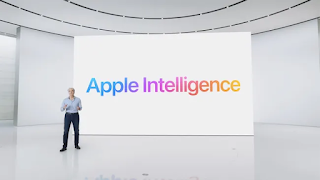X, a social media platform, has announced that it is introducing a new privacy feature that will make liked posts private for all users. Currently, anyone can view the posts that another user has liked by visiting their profile and accessing the Likes tab. However, with this upcoming change, user privacy is being prioritized, allowing individuals to like posts without this information being publicly visible.
This development follows the release of a similar feature for X's premium subscribers last year. The previous feature allowed users to hide their liked posts by accessing the Premium, Preferences, Early Access, and Profile Customization settings, and then enabling the Hide Likes option. With the new update, all users will have this privacy feature by default.
While this change enhances privacy, it also removes a perk previously exclusive to premium subscribers. Public figures, in particular, found the ability to hide liked posts appealing. To maintain the appeal of the premium subscription, X may need to introduce alternative features that cater to this demographic.
Despite this shift, X Premium will continue to offer other advantages, such as post-editing capabilities, community creation tools, and extended video upload limits. Users will still be able to view the number of likes and other metrics for their own posts through the notifications tab. However, the identities of individuals who have liked someone else's post will remain confidential.
Elon Musk, commenting on this update, shared a screenshot with the caption, "Important to allow people to like posts without getting attacked for doing so." This statement underscores the importance of protecting users from potential backlash or judgment based on their liked posts, especially for public figures and individuals with large followings.







